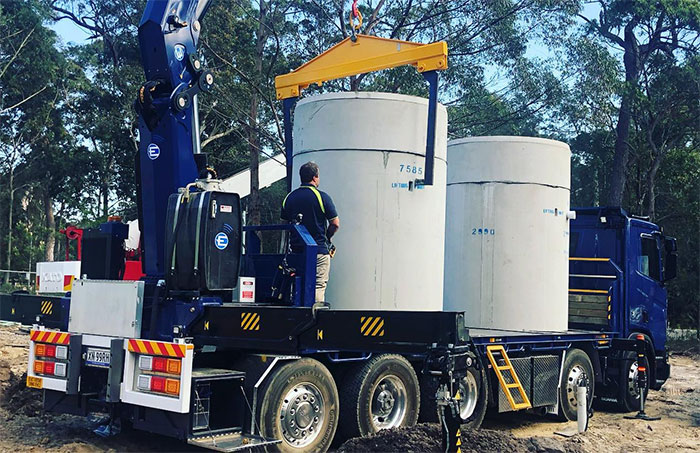Safety and Maintenance of Rainwater Harvesting Tanks
If you want to survive a water shortage or extended drought, you should consider installing a rainwater harvesting system. Rainwater harvesting gives you access to fresh water for domestic use without the bills. In Sydney. If you want to save on space you also have the option of getting an underground tank, which is hidden away from sight.
Standard rainwater harvesting systems collect one litre of water for every millilitre of rainfall hits a square metre of your roof. This is one of the most efficient ways to fill your water tank, plus it is completely free.
To secure the longevity of your rainwater harvesting system, you should ensure that it is installed correctly. It is also important to carry out routine maintenance especially before the rainy season begins. Here are a few tips to keep in mind when installing and maintaining your rainwater harvesting system.
Use Pressure Resistant Construction
It is important to make sure your rainwater harvesting tank meets the highest safety standards if you install it underground. Your underground water tank should be made from steel fibre reinforced concrete to withstand large amounts of external pressure. It should also have watertight seals to prevent leakage.
These are stringent conditions that can only be verified by professionals. An easier way to ascertain the quality of your tank is to work with a reputable installation company. The best water tank companies offer long-term structural integrity guarantees of up to 30 years for their work. Installing your tank properly saves you from a wide variety of maintenance challenges during its lifetime.
Be Sure to Protect Your Water
It is much easier to prevent your water tank from contamination than to clean it. As such, there are several ways to keep your rainwater storage tank clean. The water inlet of an underground tank should be raised to prevent groundwater from draining into it. You can also install leaf screens or baskets as well as gutter guards to keep debris, leaves and small animals out of your tank.
You should check and clean your tank’s screening devices regularly. Leaves and debris can clog the inlet of your water tank and prevent it from filling up efficiently. Also, the long-term accumulation of organic matter at the inlet of your tank can cause water contamination. If not cleared out regularly, the leaves can rot or form nesting grounds for various types of bacteria or fungi.
Perform Regular Roof Maintenance
Regular roof maintenance is an essential part of ensuring the rainwater you harvest is safe. All the rain that gets into your tank first traverses your roof and gutters.
Your roof maintenance schedule depends on the type of roof you have. If you have tile or slate roofs, you should check if there is any rot or mould growing under the tiles. For metal roofs, you should make sure that the iron sheets are free from rust.
Roof debris and rust particles can easily get past your leaf screens and into your tank. Vermin like rats, lizards and insects can settle in your gutters during the dry months. Your best line of defence is to clean your roof and gutters before it rains.
If you take good care of your rainwater harvesting tank, it will serve you well for many years. At Sydney Water Tanks, we understand that every customer is unique. Our staff are always ready to listen to your specific requirements and find innovative ways to fulfil them.
Read Also:
- Protecting Your Harvested Rainwater from Mosquitos
- Frequently Asked Questions about Underground Water Tanks






